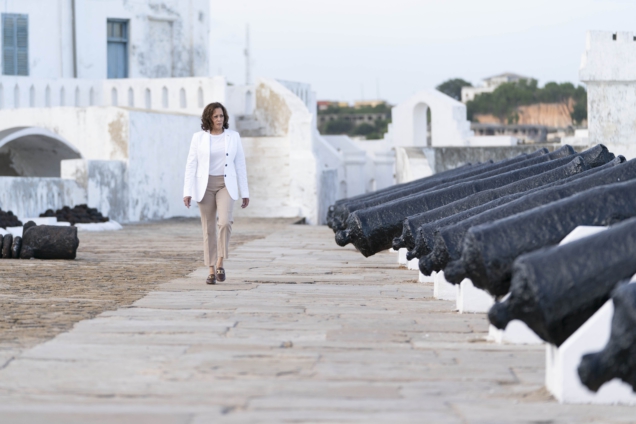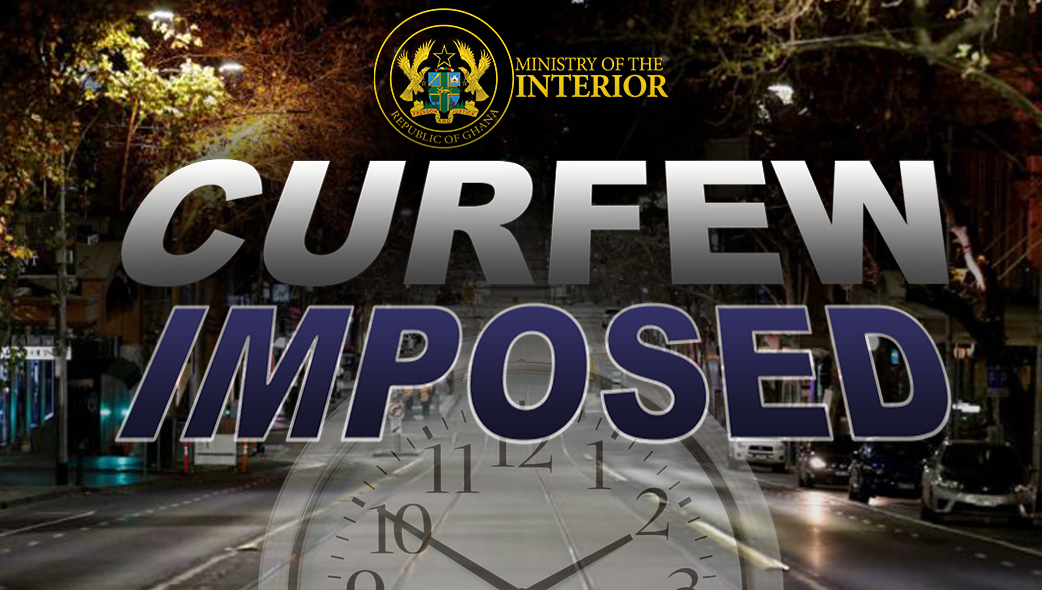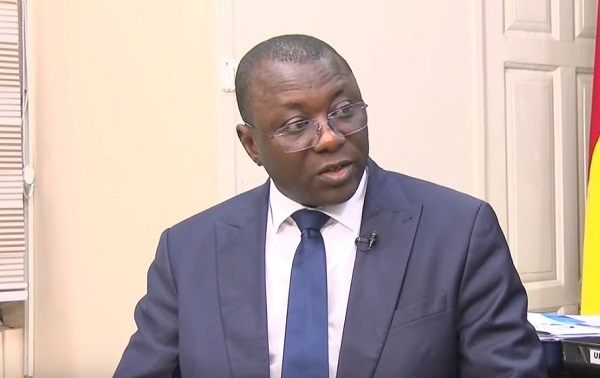US Vice President Kamala Harris was overcome with emotion after touring the dark dungeons of Ghana’s Cape Coast Castle.
The 49th US Vice President urged that the stories of the struggles be told after passing through the last point from which many enslaved Africans were shipped to the Americas.
She noted that people’s experiences and survivals tell a story of endurance, faith, and believing in what is possible.
Giving a brief speech after the tour, Kamala Harris said, “In often, many situations – odds that were designed to break them, to demoralise them to create, existence in situations that were to make them feel like less than humans, less than full human beings but yet they survived. And they tell another history – a history of endurance, a history of faith, believing what is possible.”
“A history not only tells about the ability that each individual has to survive but to thrive. And so all these stories must be told,” she indicated.
According to her, “All these stories must be told in a way that we take from this place, the pain we all feel the anguish that reeks from this place.
“And we then carry the knowledge that we have made gained here toward the work that we do in lifting up all people in recognising the struggles of all people fighting for as the walls of this place.”
Kamala Harris further indicated that what remains after the visit is justice and freedom for all people, as well as human rights for all people.
Also, she mentioned that the “descendants of the people who walk through that door were strong people, proud people.
“People of deep faith. People who loved their families, their traditions, and their culture. And carried that innate being with them.”
Cape Coast Castle
Cape Coast Castle is one of about forty “slave castles”, or large commercial forts, built on the Gold Coast of West Africa (now Ghana) by European traders. It was originally a Portuguese “feitoria” or trading post, established in 1555, which they named Cabo Corso.
In 1653, the Swedish Africa Company constructed a timber fort there. It originally was a centre for the trade in timber and gold. It was later used in the Atlantic slave trade. Other Ghanaian slave castles include Elmina Castle and Fort Christiansborg. They were used to hold enslaved Africans before they were loaded onto ships and sold in the Americas, especially the Caribbean.
This “gate of no return” was the last stop before crossing the Atlantic Ocean. Cape Coast Castle, along with other forts and castles in Ghana, are included on the UNESCO World Heritage List because of their testimony to the Atlantic gold and slave trades.












